|
Fuji DL-900 Zoom |
Manufactured or assembled in Japan from 1990 to (After) 1992.
Index of rarity in France: Infrequent (among non-specialized garage sales)
Inventory number: 1615
See the complete technical specifications
Chronology of cameras Fuji
Traduction de Alphonse Khuu
At the Photokina 1990, the DL-900 is the high end of the brand, to succeed the DL-800. It has a 38-85mm zoom, the film pre-winding (which it owes the letters DL in its name), a multi-beam autofocus, an anti red-eye device. Its minimum distance of focusing is 75cm whatever the focal length; it allows photography of documents almost in A4 size.
The DL-900 will evolve shortly after its release in DL-900 Plus. On this model a small set of cards comes with the camera and just put in a so-seemed accessory shoe with probes recognizing the cards. These last ones allow to program complementary the camera for specific situations (fill-in function for example).

DL stands for Drop-in Loading. It's a Fuji exclusive feature that simplifies the process of loading a new film into the brand's cameras. The film is placed in the camera after pulling out a bit of the leader, and then the back of the camera is closed. The film is automatically fed until the first frame.
This function is often associated with prewinding, meaning that when a new film is inserted, it is fully taken out of its cartridge and stored in a compartment. The film is gradually reintegrated into its cartridge after each shot. In case of accidental opening of the camera, the already exposed part of the film is always protected. At the end of the film, there is no need for rewinding since it is already in the cartridge. One can simply open the camera without fear of accidents.
In the early 1980s, Fuji filed numerous patents related to the loading process from both mechanical and electronic perspectives. One complexity involved the length of the leader extending from the film cartridge. In a typical film loading process, the user must slightly pull out the film, insert the tab into the receiving spool's slot, and correctly align the film perforations with the sprockets. The Drop-in Loading system eliminates all of these steps. Various solutions were considered, such as placing the cartridge in the back of the camera, loading from the bottom (similar to Leica), etc.
Fuji Photo Film Co. Ltd. filed a trademark application for DROP IN LOADING on November 12, 1982. It expired less than two years later.
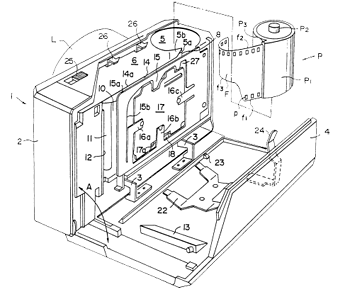 |
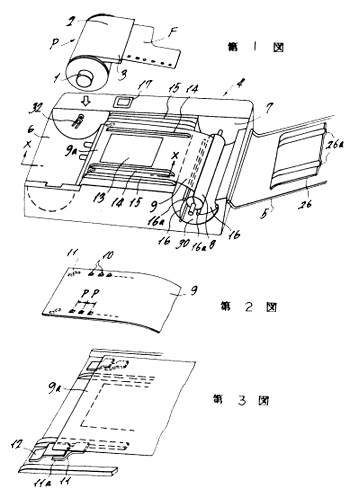 |
| Patent No. JPS5868730 relates to the film guiding in easy loading and was issued in 1983. | Patent No. JPS57169736 pertains to the easy loading system and was granted in 1982. |
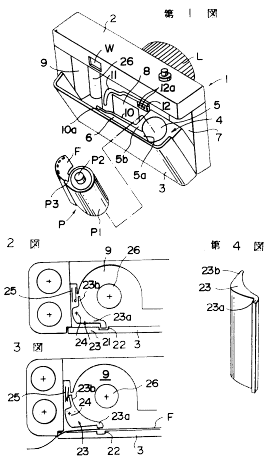 |
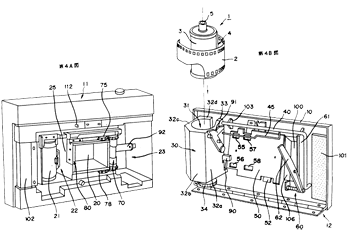 |
| Patent No. JPS57201221 is associated with the easy loading system and was granted in 1982. | Patent No. JPS5870218 is related to loading in the back and was granted in 1983. |
 |
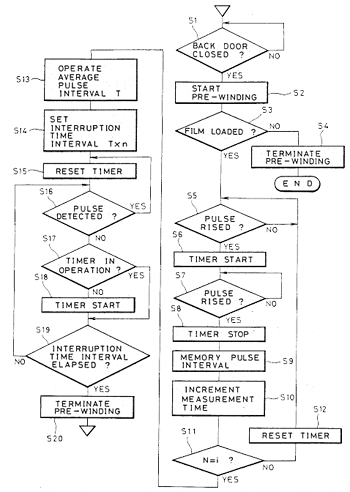 |
| Patent No. US4586801, granted in 1986, is associated with the prewinding process. | Patent No. US4885599 Algorithm for Pre-winding (1989) |
The patents related to prewinding are subsequent to those for the facilitated loading by a few years.
Interesting links or bibliography :
Add a link or element of bibliography, a picture taken with this camera, a picture of box or an ads about this camera
Your photos taken with the same camera:
Cameras from Ebay France (Fuji) (Uploaded each 3 hours)








